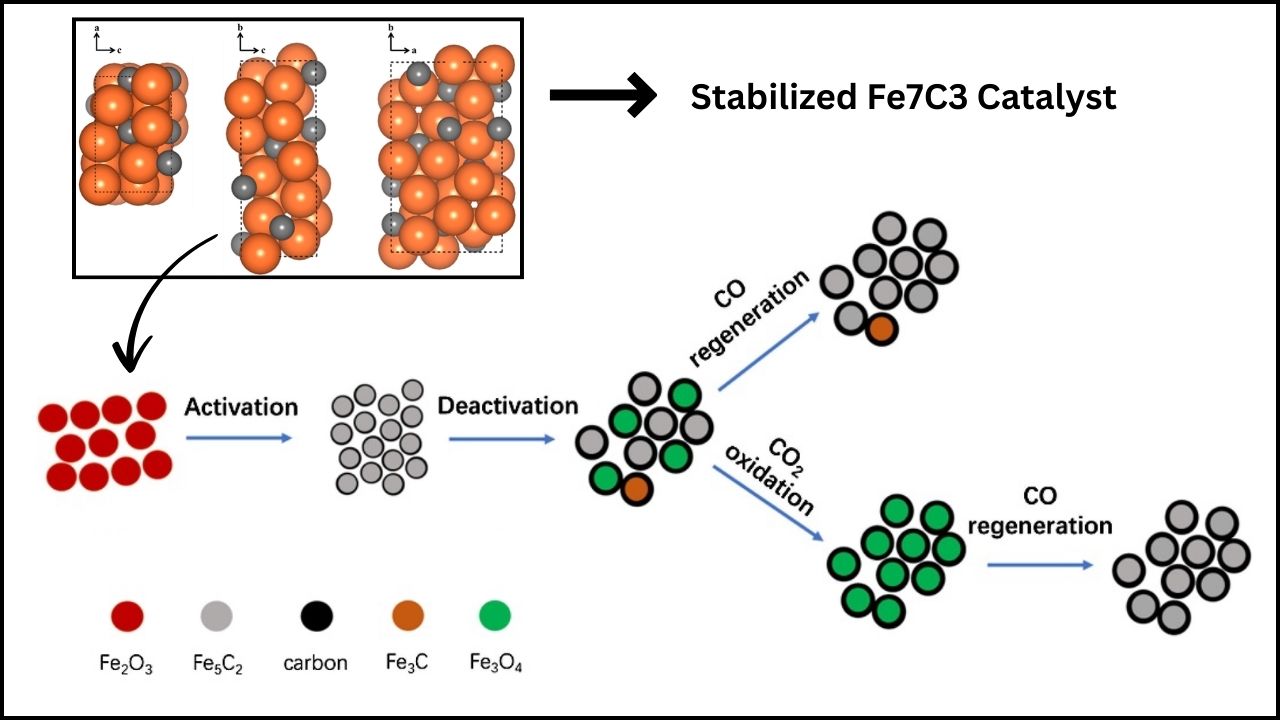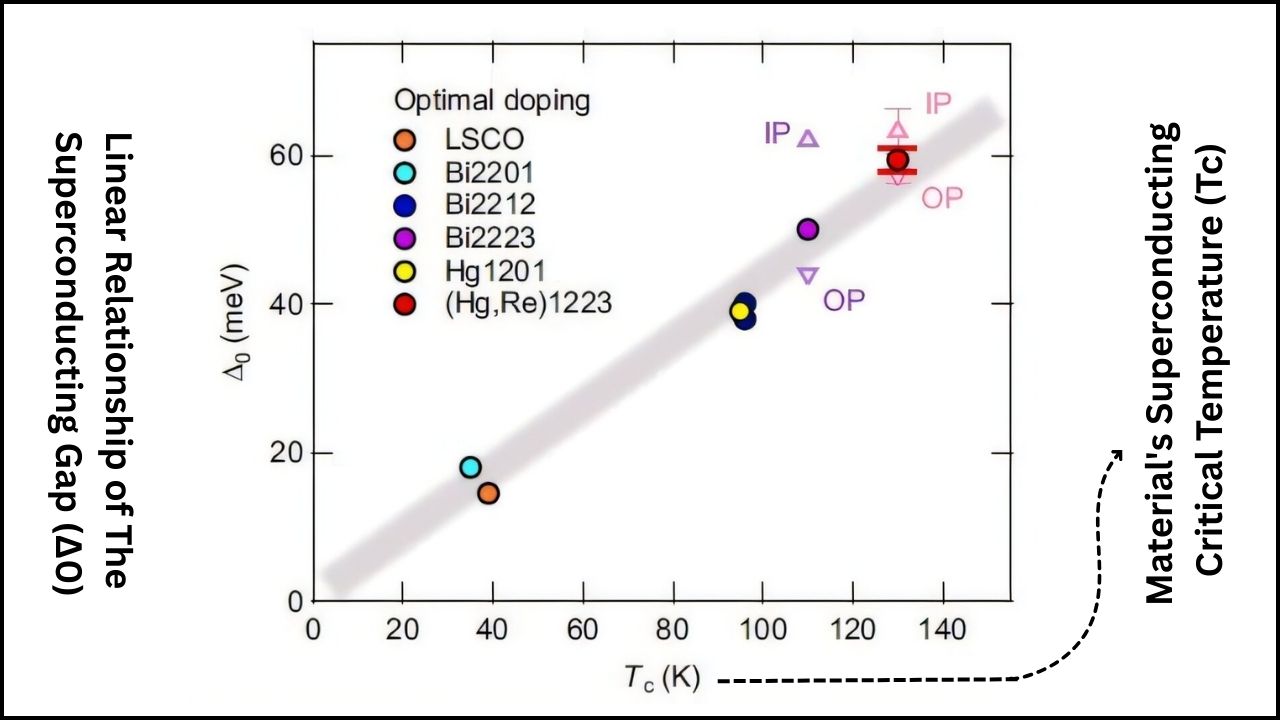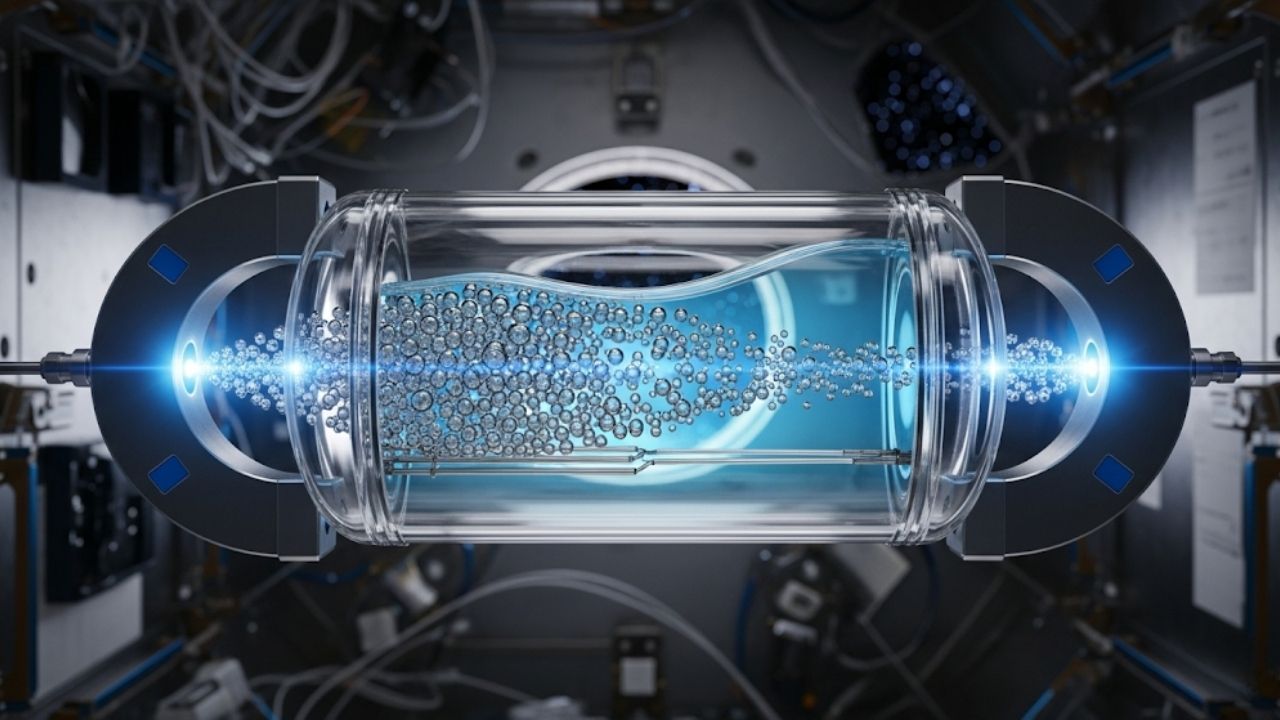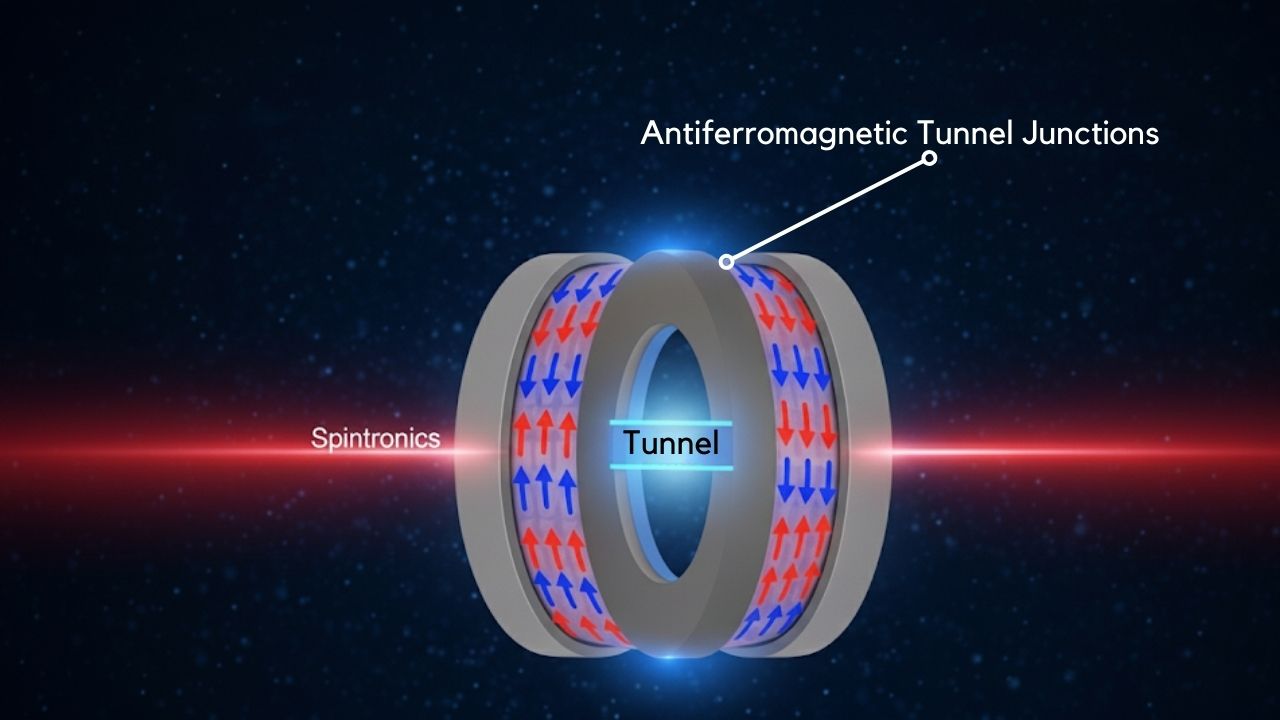Imagine parking your car, unaware that beneath your feet lies a secret from the age of dinosaurs. That’s exactly what happened at the Denver Museum of Nature & Science in early 2025, when a routine sustainability project led to an astonishing paleontological discovery. This event has not only excited scientists but also inspired the public, offering a unique glimpse into Denver’s ancient past and the fascinating world of dinosaurs.
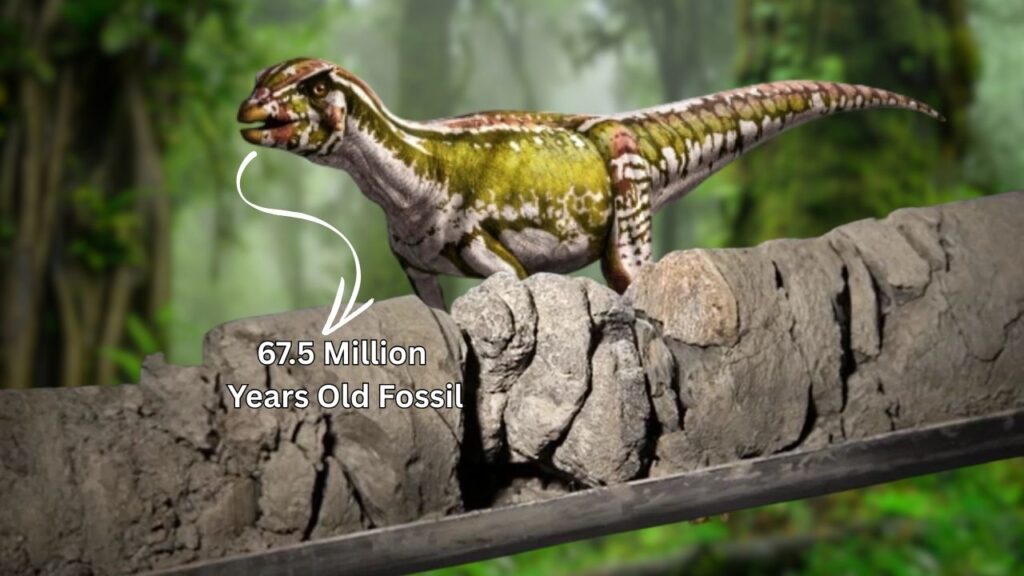
In this article, we’ll explore how this discovery happened, why it’s so important, what it tells us about Denver’s prehistoric environment, and how it connects to broader scientific and educational opportunities. Whether you’re a curious student, a science enthusiast, or a professional in geology or paleontology, this story has something for everyone.
Dinosaur Discovery Beneath Museum Parking Lot
| Aspect | Details |
|---|---|
| Discovery Location | Denver Museum of Nature & Science parking lot, City Park, Denver, Colorado |
| Date of Discovery | January 2025 |
| Depth of Find | 763 feet (232.5 meters) below the surface |
| Fossil Age | Approximately 67.5 million years old (Late Cretaceous Period) |
| Type of Dinosaur | Plant-eating ornithopod, likely Thescelosaurus or Edmontosaurus |
| Project Context | Geothermal test drilling and scientific coring to assess sustainable energy and Denver Basin geology |
| Significance | Deepest and oldest dinosaur fossil ever discovered within Denver city limits |
| Fossil Display | Now exhibited in the “Discovering Teen Rex” gallery at the Denver Museum of Nature & Science |
| Official Resource | Denver Museum of Nature & Science – Parking Lot Dinosaur Discovery |
The dinosaur discovery beneath the Denver Museum of Nature & Science parking lot is a story that bridges the ancient and modern worlds. It highlights the importance of scientific exploration, the value of sustainability, and the thrill of unexpected discovery. Whether you’re a young student, a seasoned scientist, or simply someone who loves dinosaurs, this find is a reminder that our world is full of surprises—and that the next great discovery could be just below the surface.
The Story Behind the Discovery
From Green Energy to Ancient Bones
The Denver Museum of Nature & Science has always been a leader in both education and environmental responsibility. In January 2025, the museum began a geothermal drilling project beneath its north parking lot. The aim was to explore sustainable heating and cooling options by tapping into the earth’s natural energy—a step toward reducing the museum’s carbon footprint.
As part of this project, scientists drilled nearly 1,000 feet below the surface, extracting cylindrical rock samples called “cores.” These cores help geologists understand the layers of rock and sediment beneath Denver. At a depth of 763 feet, a sharp-eyed geologist noticed something unusual embedded in the core: a small, fossilized bone.
The Moment of Realization
At first, the team was cautious. Fossils are rare in such deep, narrow cores, and it’s easy to mistake a rock for a bone. But after careful examination by the museum’s paleontologists, the verdict was clear: this was a partial vertebra from a dinosaur that lived nearly 70 million years ago.
This moment was described by museum staff as “magical” and “unbelievably lucky.” Finding a dinosaur bone in such a small core is extraordinarily rare—like finding a needle in a haystack, or as one scientist put it, “hitting a hole-in-one from the moon.”
Why Is This Find So Important?
Unprecedented Depth and Age
This fossil is the deepest and oldest dinosaur bone ever found within Denver city limits. Most dinosaur discoveries in urban areas are made much closer to the surface, often during construction projects. The fact that this bone was found over 700 feet underground makes it a unique scientific treasure.
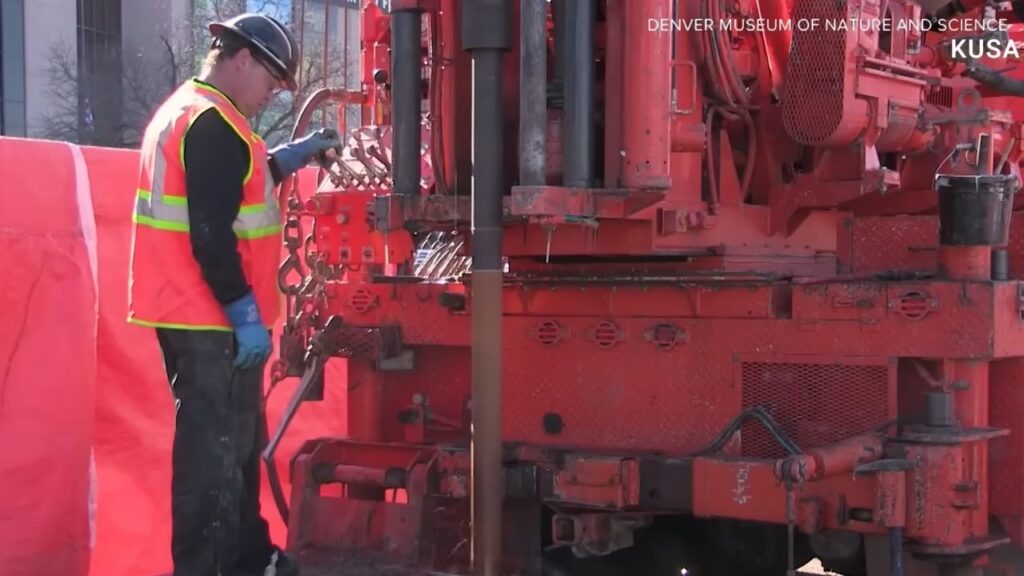
A Window Into Prehistoric Denver
The fossil dates back to the Late Cretaceous Period, about 67.5 million years ago. At that time, Denver wasn’t the dry, mountainous region we know today. Instead, it was a lush, swampy landscape near the edge of a vast inland sea called the Western Interior Seaway. The climate was warm, and the area teemed with life—from towering palm trees and ferns to giant reptiles.
The Dinosaur: An Ornithopod
The bone likely belonged to a plant-eating ornithopod. Ornithopods were a group of bipedal (two-legged) herbivorous dinosaurs. Two well-known examples from North America are Thescelosaurus, a smaller, agile dinosaur, and Edmontosaurus, a larger, duck-billed species. Both would have grazed on the rich vegetation, possibly alongside the famous Tyrannosaurus rex and other Late Cretaceous creatures.
The Science Behind the Scenes
Geology of the Denver Basin
Denver sits atop the Denver Basin, a geological formation filled with layers of sedimentary rock deposited over millions of years. These layers are like pages in a history book, recording everything from ancient seas to volcanic eruptions and the rise and fall of dinosaurs.
By drilling deep cores, scientists can study these layers in detail. This helps them understand not only the region’s geological history but also its potential for resources like groundwater, oil, and geothermal energy.
Why Are Fossils Found Here?
Fossils form when plants or animals are buried quickly by sediment, protecting them from decay. Over millions of years, minerals replace the organic material, turning bones into stone. The Denver area has the right combination of ancient environments and sedimentary layers to preserve these prehistoric remains.
The Odds of Discovery
Finding a dinosaur bone in a core sample is extremely rare. Most fossils are discovered at or near the surface, where erosion or construction exposes them. In this case, the drill passed through just the right spot to capture a piece of ancient bone—an event so unlikely that many scientists work their entire careers without such a find.
What Does This Mean for Science and Education?
New Clues About the End of the Dinosaurs
The Late Cretaceous Period was a time of dramatic change. About 66 million years ago, a massive asteroid struck Earth, causing the extinction of the dinosaurs and many other species. Fossils from this era help scientists understand how dinosaurs lived, what they ate, and how they responded to changing environments.
This discovery adds a new piece to the puzzle, providing direct evidence of the kinds of dinosaurs that lived in what is now Denver just before the mass extinction.
Inspiring the Next Generation
The fossil is now on display at the museum, where it has become a centerpiece for educational programs. Children and adults alike can see the bone up close, learn about the science behind its discovery, and even imagine what Denver looked like millions of years ago.
The museum uses the story to teach about geology, paleontology, and the importance of scientific curiosity. It also highlights the value of sustainable practices, showing how a project aimed at protecting the environment led to a discovery about our planet’s deep history.
Practical Guide: How to Explore Fossils and Paleontology
For Students and Families
- Visit Museums: Explore dinosaur exhibits and attend hands-on workshops at natural history museums.
- Join Fossil Hunts: Some parks and museums offer guided fossil digs or field trips.
- Read and Watch: There are many books, documentaries, and online resources about dinosaurs and paleontology.
For Aspiring Scientists
- Study Earth Sciences: Consider courses in geology, biology, or environmental science.
- Volunteer: Many museums and universities welcome volunteers for fossil preparation, cataloging, or educational outreach.
- Network: Attend lectures, join science clubs, or connect with local paleontologists for mentorship and advice.
For Professionals
- Collaborate Across Fields: This discovery shows the value of interdisciplinary work—combining geology, engineering, and paleontology.
- Stay Informed: Advances in drilling, imaging, and analysis are opening new frontiers in fossil discovery.
- Promote Public Engagement: Sharing discoveries with the public builds support for science and inspires future generations.
Ancient DNA From Sled Dogs Offers New Clues About Human Migration History
FAQs About Dinosaur Discovery Beneath Museum Parking Lot
How old is the dinosaur fossil found under the Denver museum?
The fossil is about 67.5 million years old, from the Late Cretaceous Period.
How deep was the fossil buried?
It was found 763 feet below the surface, making it the deepest dinosaur fossil ever discovered in Denver.
What kind of dinosaur was it?
It is a partial vertebra from a plant-eating ornithopod, likely Thescelosaurus or Edmontosaurus.
Was the discovery planned?
No, the fossil was found by chance during a geothermal drilling project. The team was studying the geology for energy research, not specifically searching for fossils.
Can I see the fossil?
Yes, the bone is on display in the “Discovering Teen Rex” gallery at the Denver Museum of Nature & Science.
Are there more fossils under Denver?
It’s possible! The geology of the Denver Basin suggests there could be more fossils buried deep underground, waiting to be discovered.
The Broader Impact: Connecting Past, Present, and Future
This discovery is more than just a scientific curiosity—it’s a powerful reminder of the connections between our planet’s history and our lives today. As cities grow and technology advances, projects like geothermal drilling will become more common. Each time we dig into the earth, we have a chance to uncover secrets from the past.
The Denver Museum of Nature & Science’s experience shows how science, sustainability, and serendipity can come together in unexpected ways. By sharing this story, the museum encourages everyone to stay curious, ask questions, and appreciate the wonders hidden beneath our feet.
